Intersections and rollovers might be some of the more-frequent and severe vehicle-related crashes in emergency services—but they’re not the only risks that emergency service organizations (ESOs), their drivers, and their members need to pay attention to.
We asked 10 members of our VFIS Team to name one auto-related risk that they believe is underdiscussed in fire and EMS agencies. Here’s what they had to say.

1. Animal Strikes
“A lot of ESOs may be surprised that animal strikes are our clients’ fourth-highest auto cause of loss by frequency! While animal strikes aren’t the easiest to prevent—there are things that you can do to help avoid and reduce the severity of these events.
For example, be especially alert at dawn and dusk during the spring and fall seasons. If you see one deer—remember there could be more coming. Use your high-beams at night (if there isn’t oncoming traffic) to help illuminate animal eyes, and install enhanced brush guard front bumpers to help reduce the impact.
If a collision with an animal is unavoidable, don’t swerve! Brake firmly, come to a controlled stop, pull off the road, turn on emergency flashers, be cautious of other vehicles, and report the crash to the nearest police agency and your insurance agent.”
—Chris Mabes, Territory Distribution Leader, 6 Years in the fire service

2. Other Drivers
“Other drivers. Too many emergency responders are struck and killed along the roadways each year.
From high-speed highways to city streets, it’s vital that your members are aware of the varying risks of roadway operations and always maintain a heightened awareness of their surroundings.
It’s also important that your department evaluates practices and policies for traffic management and scene safety, including limiting exposure time, providing advance warning to approaching motorists, creating a buffer zone, properly positioning blocking apparatus, having appropriate lighting, establishing a flagger/spotter, operating in a “shadow work zone”, and meeting requirements for high-visibility PPE and reflective vests.”
—Renee Wagman, Associate Vice President of A&S Claims, 5 years in EMS

3. POV Response
“First responders showing up to a call in their personally-owned vehicle (POV) while disregarding traffic laws.
It happens more than emergency service organizations would like to admit—and, without proper POV response guidelines and disciplinary actions, it will unfortunately continue to occur and put civilians, fellow responders, ESOs, and their communities at risk.”
—Michael Baker, Director of Risk Control & Education, Member of the fire/EMS community since 1989

4. Trailers
“Trailers offer fire departments unique support opportunities—but they also increase the complexity of driving and the risks of incidents like collisions, jackknifing, or rollovers. Worse, depending on the use of the trailer, they could be carrying potentially flammable materials, making crashes even more dangerous.
When a trailer is involved, drivers should remember to maintain a steady speed, be especially cautious while going downhill or on uneven terrain, avoid sudden turns and breaking, and take other precautions that are often outlined in trailer-specific trainings, including practices related to tow hitch, ball and coupler assembly, inspecting the vehicle, and loading the trailer.”
—Mathias Smerkar, Territory Distribution Leader, Member of the fire, EMS, & 911 dispatch communities since 2005

5. Winter Weather
“This time of year, winter weather always comes to mind—specifically snow, sleet, and ice.
Before winter’s worst arrives, be sure that your department vehicles and members’ personal vehicles have appropriate anti-freeze levels, de-ice solution added to windshield fluid, proper tire air pressure, emergency kits with winter essentials, at least a half-full tank of gas, and jumper cables on hand.
Continue to check these measures throughout the season, and, if you must drive in a storm, go slow.”
—Megan Carr, Sr. Risk Control Representative, Member of the fire/EMS community since 2012

6. Who's Driving
“It never ceases to amaze me when you hear about a first responder crashing a department vehicle without a driver’s license—not to mention their lack of emergency vehicle training.
It’s so important to truly know who is in your department and who is driving your vehicles.
You want people who will do the right thing on the roadways (and beyond), even when no one’s watching. And you can’t fully grasp that without performing not only background checks on all your members but reviewing Motor Vehicles Driving Record Reports (“MVRs”) too.”
—Rick Gurba, Director of Training Programs, 40 Years in EMS, 5 years in the fire service, & 5 years in 911 dispatch

7. Blocking Vehicles
“Operating on and along roadways is dangerous—potentially even fatal.
One way for first responders to help protect themselves is by using blocking vehicles to protect the scene—but even this approach can have serious financial implications, as the cost of new vehicles has hit the highest level ever seen in the emergency services industry.
That’s why some organizations are using retired apparatus—or even other vehicles, like dump trucks or water haulers—for blocking to help extend the use of existing resources, reduce costs, and provide the added protection needed during calls.
If you’re planning to outfit a non-emergency vehicle for blocking, you’ll need to work with other local agencies in your area to help deploy them, including appropriate vehicle sourcing, developing Standard Operating Procedures (SOPs), marking the vehicle in accordance to NFPA 1901, reinforcing vulnerable areas of the vehicle, and outfitting the vehicle with appropriate technology, including warning and traffic control devices, emergency lighting, cameras, and truck-mounted attenuators (TMAs).”
—Woodrow Sullivan, Education Specialist, Member of the fire, EMS, & law enforcement communities since 1983

8. Limited Access Roadways
“Imagine you’re driving on a highway when you get a call from the opposite direction.
If you utilize a limited access point to make a U-turn, like an emergency vehicle crossover or median break, you must be aware of the very real risks of that operation.
Civilians on these roads are driving fast and may not have enough time to slow down—plus, it may be difficult for you to find a wide clearing to make the turn, depending on traffic.
If you haven’t seen an accident related to roadways with limited access in your area yet, you can see some terrifying videos on social media—and you’ll realize it’s really something to bring attention to.
While there may not be a one-size-fits all solution for this risk, it’s important to always exercise extreme caution
and realize when it may be worth waiting for the next exit or calling for another agency to control the highway. Organizations with enough responders can have a second unit on-hand that’s running in the opposite direction for calls like this, too.”
—Jake Hoover, Education Specialist, Member of the fire/EMS community since 1986

9. UTVs & ATVs
“UTVs and ATVs are uniquely capable of accessing certain off-road locations, however, they’re not golf carts, and their keys shouldn’t be handed to just anyone in the department.
Loss of control is all too common in these operations, leading to rollovers, collisions with obstacles, or ejection of passengers. And these incidents can be fatal.
Be sure your UTV/ATV operators are trained, including understanding vehicle safety, protective gear needs, how to preplan, and required maintenance.”
—Brett Gregr, Territory Distribution Leader, Member of the wildland firefighter community since 1999

10. Mid-level Managers
“Your driving policies and procedures are only as good as you make them… And by ‘you’, it’s often the mid-level managers who are the ones out in the field that are responsible for reinforcing your SOGs and best practices each day.
Always lead by example, be the eyes and ears of your leadership, and investigate ways to help increase safety on the roadways and beyond.”
—Blair Tyndall, Emergency Services Specialist, Member of the fire, EMS, 911 dispatch, & hazmat response communities since 1986
Your safety is our priority, and our Risk Control & Education team is proud to provide training programs, online courses, and risk prevention resources designed to help you address risks like these.
Many of our resources are free or available at a discounted rate to you as a client. You can browse all these offerings at education.vfis.com. We’re also excited to announce some upcoming enhancements to two of our training programs! Both our specialized, in-person Trailer Operations and Safety Program and UTV/ATV Safety Program will have updates next year to help your crew address modern risks in these operations. Stay tuned!
DISCLAIMER
The information contained in this blog post is intended for educational purposes only and is not intended to replace expert advice in connection with the topics presented. Glatfelter specifically disclaims any liability for any act or omission by any person or entity in connection with the preparation, use or implementation of plans, principles, concepts or information contained in this publication.
Glatfelter does not make any representation or warranty, expressed or implied, with respect to the results obtained by the use, adherence or implementation of the material contained in this publication. The implementation of the plans, principles, concepts or materials contained in this publication is not a guarantee that you will achieve a certain desired result. It is strongly recommended that you consult with a professional advisor, architect or other expert prior to the implementation of plans, principles, concepts or materials contained in this publication.
This blog post may contain the content of third parties and links to third party websites. Third party content and websites are owned and operated by an independent party over which Glatfelter has no control. Glatfelter makes no representation, warranty, or guarantee as to the accuracy, completeness, timeliness or reliability of any third party content. References to third party services, processes, products, or other information does not constitute or imply any endorsement, sponsorship or recommendation by Glatfelter, unless expressly stated otherwise.
Related posts
Most volunteer fire departments rely heavily on POVs, but there are inherent risks you should know.
Establish a Emergency Vehicle Operations Program that includes driver/operator requirements to help ensure your vehicles are in the right hands.
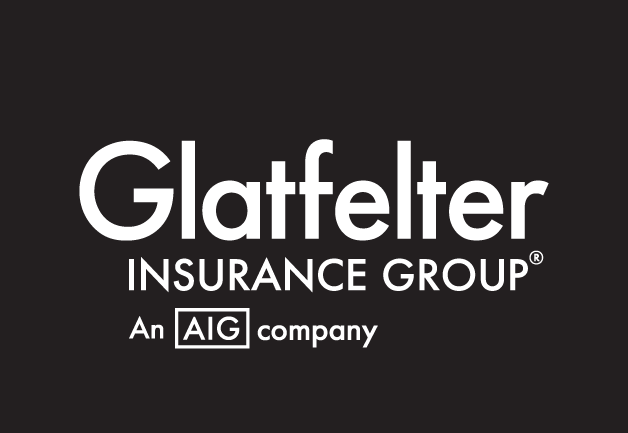

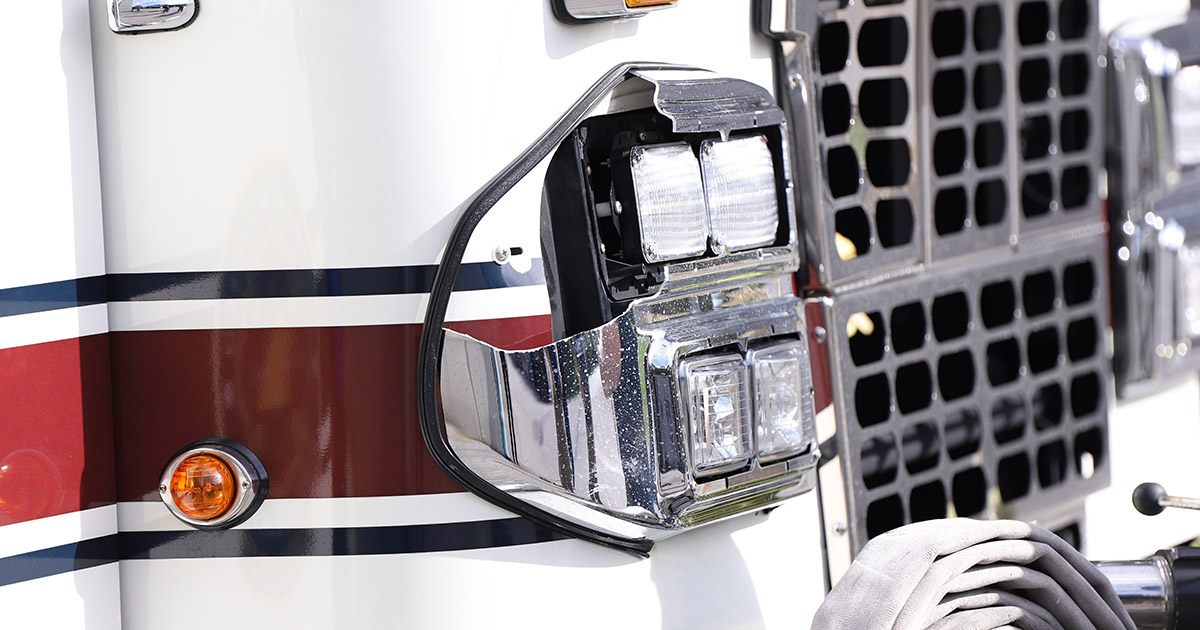

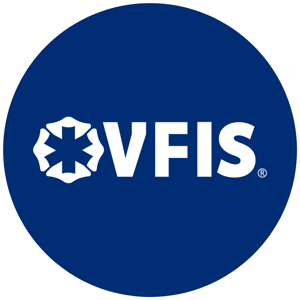
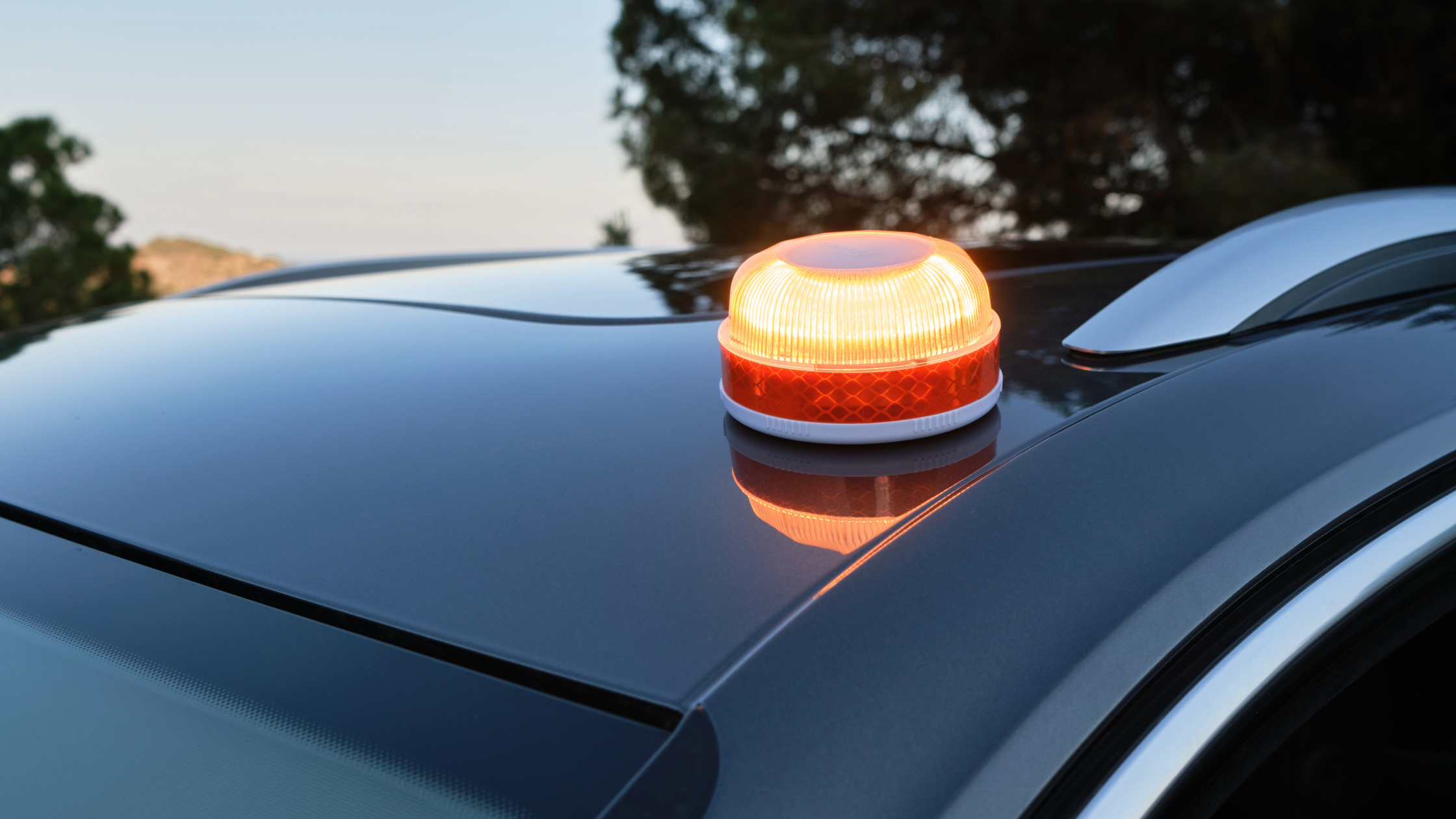
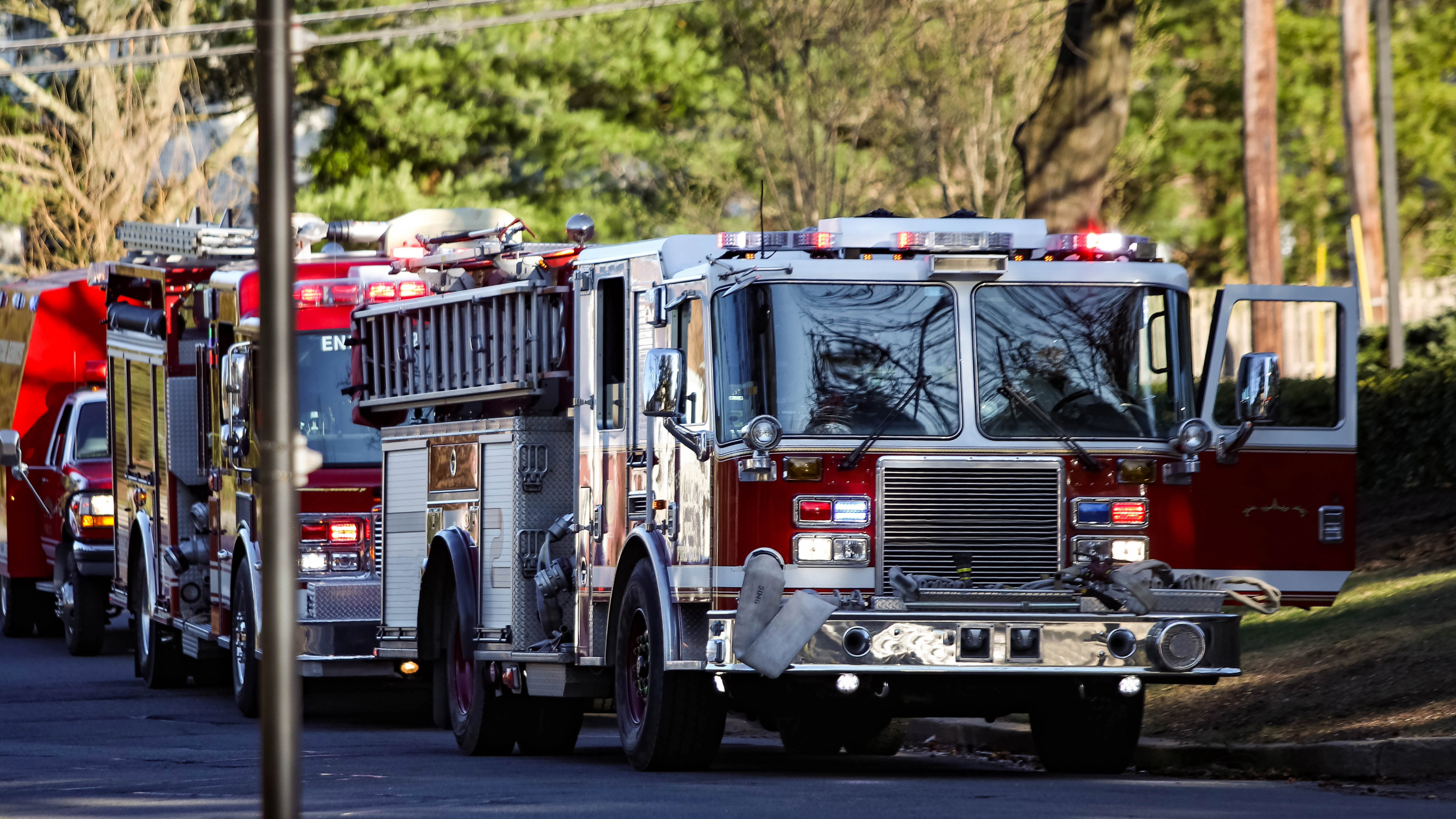

Submit a Comment